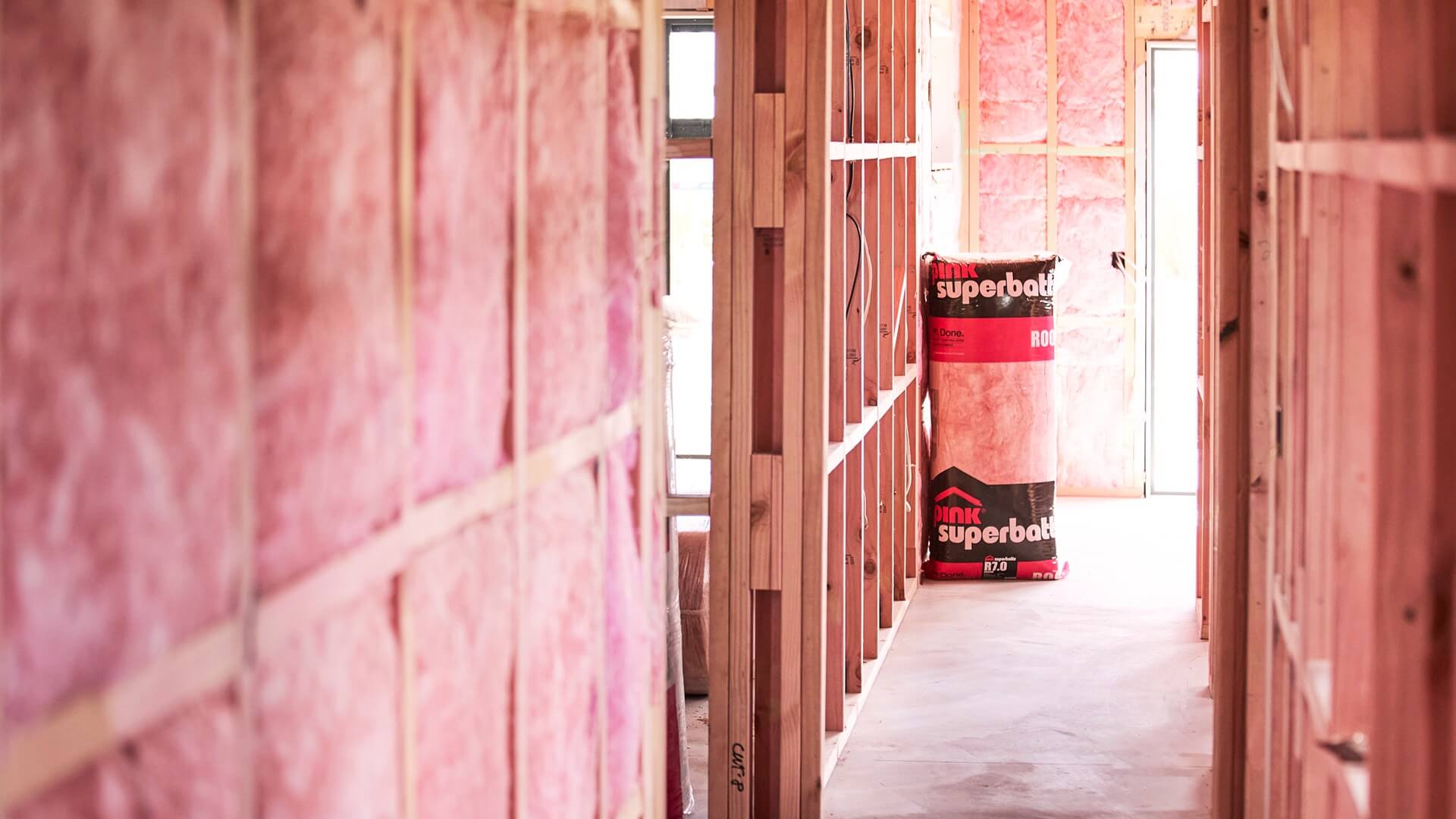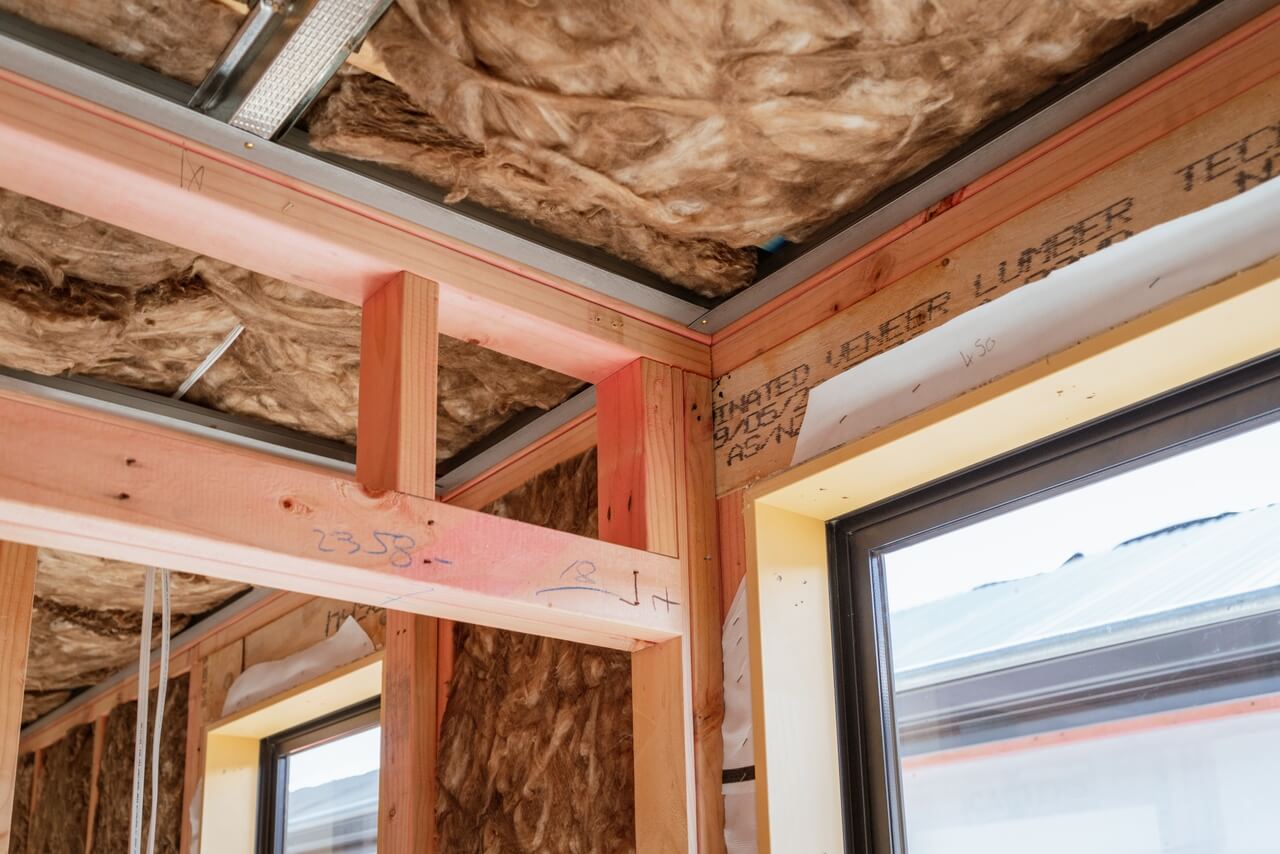New Zealand’s newly introduced H1 building requirements have not only changed the landscape for builders and architects, they’ve also opened a Pandora’s box of complexities that construction professionals must now navigate.
This was highlighted in the first of a series of webinars hosted by Ian Watt from CMS and Smartspec and featuring Jock Hyde, manager for project assessment in Auckland South, representing the Auckland Council, who sought to answer questions from the industry about the topic.
While answers were offered, the depth and range of inquiries were revealing of broader uncertainties for builders, architects and suppliers working in the sector.
Working with Heritage buildings was one example raised where not all legislation seems to work hand in glove. Those working on a historic building might need to involve the Historic Places Trust, the Heritage Team at a Council and to deal with contradictions between what is needed to preserve its authentic design and meet H1 requirements.
So, in these circumstances Hyde suggested that the architect be well versed in Section 112 of the Building Act to find a solution. “There are a lot of tools in there that give you the power to advocate in a perfectly valid way for why something is still okay. If you understand the wording in that section and you put that together in your application, you’re highly likely to get it through,” he said.
Hyde recommends using regulations as a guideline and working with Council as early as possible to ensure there are no holdups or pushback in the process.
Another H1 ambiguity that arose in the webinar surrounded the building consent application process where a consent straddles both sets of rules.
While Hyde clarified that the submission date determines the applicable regulations, he acknowledged that builders and architects must now juggle between two sets of rules, depending on when an application was lodged. How consent is viewed in the transition phase will potentially lead to some fluidity of interpretation and lead to costly errors if not meticulously documented.

Photo credit: Comfortech Building Performance Solutions®
The need for supporting documents has grown dramatically in recent years and the need to furnish comprehensive documents, from schedule methods to calculation and modelling methods can be daunting. How much is too much? Hyde told viewers it’s not just about collating these materials but interpreting them correctly. Excessive background documentation can potentially delay consent as much as providing too little.
But what about cases where legislation is not particularly clear? Hyde discussed how a consenting officer might deal with those situations. For example, one of the topics raised, garage insulation (where the garage is part of the house), highlighted this challenge. The lack of specific design details in compliance documents means professionals will need to make their own assumptions when deciding on insulation, especially concerning raft slabs and thermal breaks. While some countries have established norms for such practices, in New Zealand, this grey area poses a risk of non-compliance.

Photo credit: Firth – RibRaft® HotEdge®
At the heart of the matter is that H1 necessitates an in-depth understanding of not just construction but also environmental science. With the aim of reducing greenhouse gas emissions, builders and architects are now tasked with marrying their designs to environmental goals – a challenge in its own right.
The webinar provided a pragmatic overview of the H1 building requirements but also underscored the challenges the industry now faces. As builders and architects grapple with the complex formulas, methods, and ever-evolving standards of H1 compliance, there are many potential pitfalls that won’t become clear until many test cases have been negotiated and consented.
However, Hyde confirmed to the audience that both Council and the industry are working hard to clarify questions and make the process easier. Many solutions are already out there, and many suppliers are working on product-specific solutions on request.
To hear the full webinar, see here.
The CMS Group will be holding further webinars on the topic, with a focus on products that can support H1 compliance. You can register for the upcoming insulation webinar, here.

